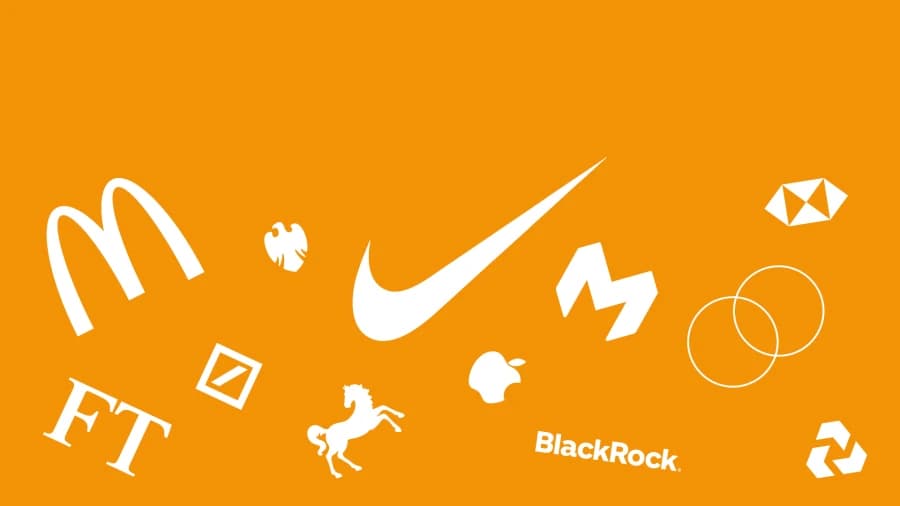
Stop guessing, start testing
By Rose Lewis on Wednesday, 1 July 2015
So often we propose usability testing but it gets taken out of the process in a cost cutting exercise, so I wanted to talk about why it is often the most cost effective and important part of the entire design and build process.
Every project has a set of objectives. When it comes to digital projects, in order to hit them, we just ask the people who actually use your platform to perform a task and see where they stumble.
Find the pain points and fix them
Let’s say that your aim is to increase your product signups on your website by 25%. The first phase of usability testing might be to grab a handful of users, sit them in front of your website and ask them to sign up for a product. While they attempt that we record their face, their voice and what’s happening on screen so that we can play it back later.
It’s important that this is carried out by usability testing professionals, who have no connection to the design or build other than to report back as it is incredibly easy to give out hints and suggestions of the things that you want the users to see and do if you’re not trained to keep your communication and body language neutral.
The information you find out from this is hugely valuable and gives the UX designer a great head start. They can now design based on where the user struggled, which bits they found easy, what confused them and what was clear. So the first iteration of the design is already based on real knowledge, you’ve saved time and money before the design even starts.
A UX designer is trained to find elegant solutions to overcome pain points in the user journey, so next they’ll design wireframes – ideally they’ll have the time to create a couple of different possibilities.
Validate, iterate and develop
Then these can be passed back to the usability tester for validation. Depending on time, budget and resources these designs can be tested with paper prototypes or in high or low fidelity digital prototypes.
The results are then fed back into the UX designer who can refine the design before it is passed through to development. By using this technique you only need to develop once to hit those KPIs, and you can go into this phase with absolute confidence that the designs are based on real data, from real users meaning that you reduce the risk in the entire process.
So in the end you’re much more likely to smash those targets by using user testing than you are any other way. You may think you know your users, but there are always surprises; the wording that seems so obvious to you, that completely loses your users or the button placement that makes logical sense, but your users can’t find.
In every project I’ve seen that had usability testing as part of the process it has paid for itself many times over with increased completions, reduced development costs and happier users, so make sure it’s a part of your next digital project.
To find out more about usability testing and start finding your user’s pain points contact nwilloughby@teamspirit.uk.com.


